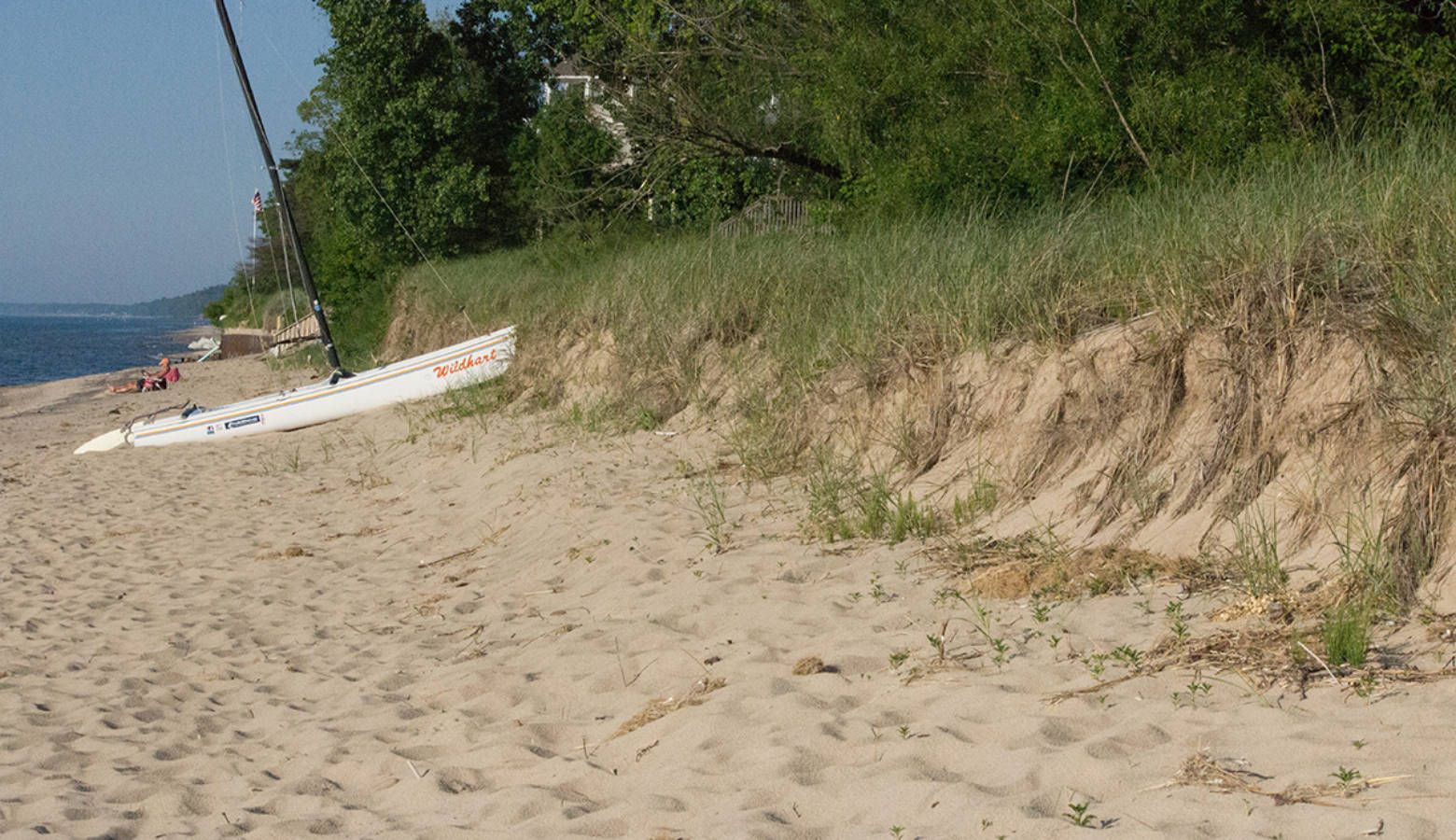Court Rules Lake Michigan Shoreline Is Public Property

The Indiana Court of Appeals has told land owners along Lake Michigan that they cannot prevent people from accessing the lake. As Indiana Public Broadcasting’s Nick Janzen reports, the property rights ruling may have economic consequences for northern Indiana.
In a 3-0 decision, the court defined the boundary between private and public property along Lake Michigan at the Ordinary High Water Mark.
The Department of Natural Resources uses an administrative Ordinary High Water Mark, defined at a specific point above sea level. But the court ruled the boundary is actually the natural Ordinary High Water Mark — where the beach ends, and dunes and vegetation begin.
Pat Sharkey is an attorney for the Long Beach Community Alliance, which was involved in the case. She says this ruling has important economic consequences.
“This whole region of the state, it’s economy, is based on the lake and the recreational opportunities on the lake,” says Sharkey.
In 2014, Don and Bobbie Gunderson asked a LaPorte County court to rule that their property extended all the way to the water’s edge.
Sharkey says if the court found in favor of the Gundersons, those recreational opportunities along the lake would disappear.
If the Gundersons appeal this decision, the Indiana Supreme Court will decide whether or not to hear the case.
